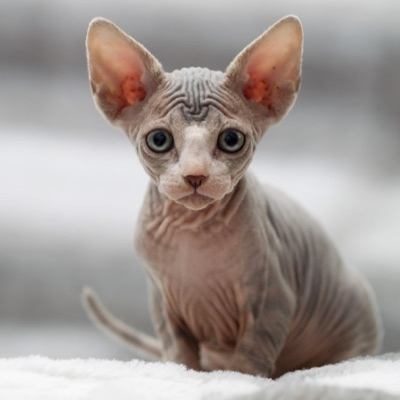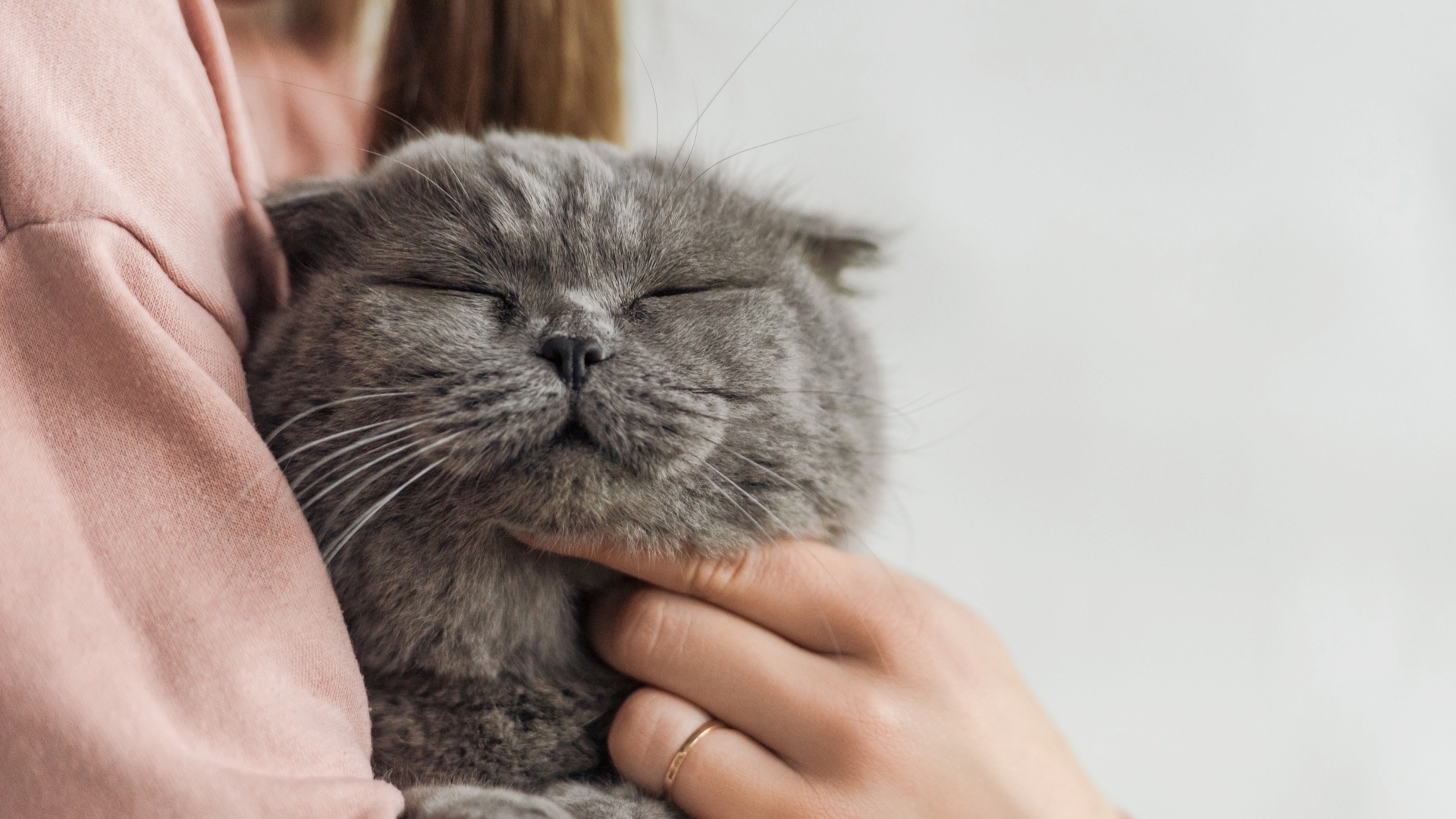Feline Body Language: Identifying Your Cat's Behavior:
Summary:
Have you ever wondered what your feline companion is thinking? I'm certain most pet owners have, at least every once in a while. When you figure out how to read non-verbal communication cues from your cat you can! Carefully consider what your cats tail, ears, and hide are doing and you may be able to read their feelings.


Have you ever wondered what your feline is feeling? I'm sure most pet managers have, at least every once in a while. When you figure out how to read non-verbal communication, you can! Carefully consider what her tail, ears, and fur are doing, and you can read their feelings.
Your felines' tail is the most vital part to watch to figure out your felines' emotions. You can figure out whether your cat is cheerful or not by examining her tail.
- Tail straight up: When your feline is strolling toward you, and her tail is straight up, it indicates a kind disposition; this is her method for welcoming you in a well-disposed way.
- Tail straight up and shuddering: When your feline shows this behavior, she is exceptionally excited to see you; however, if your cat is a male, be wary. He may be getting primed to defend his territory. If you get excessively close, you may need to be cautious.
- Tail straight up yet with a snare: This is usually seen when she sees a new individual or is approached by an alternate feline. When you see this, she is prepared to be agreeable yet readied to safeguard herself.
- Tail straight up and puffed: Look out because your feline is pestered, furious, or startled. Better provide for some opportunity to cool off before approaching her.
- Tail straight up and at a slight plot: She is unsure, readied to be agreeable, additionally primed to flee or possibly defend herself.
- Tail straight out and down: This feline is primed to fight or it could be she is prepared to play, yet you usually can tell which one quite rapidly. So be extremely mindful when you see this condition.
- Tail goes up and, afterward, hangs down: Your feline is preparing to defend herself.
- Tail is tucked in: Your feline is frightened; assuming that she isn't cornered, she will presumably flee; if cornered, she will likely attack.
- Tail whipping: Large abate swings typically mean she is energized; however, more small swings and quickly moving shows outrage.
Your feline's ears are another method for understanding your feline's state. While not as evident as the tail, you can improve your understanding of your feline feelings when viewing both the tail and ears together.
Assuming that your feline's ears are back, this typically implies animosity; assuming that they are both up and back, a threat is being given.
The point when your feline's ears are out, she is either apprehensive or distraught, if the ears retreat significantly more, she is uncomfortable and may respond with animosity.
There are different signs your feline may provide for you, for example, murmuring, working, and rubbing with her head of face which we all know is an indication of warmth, however rubbing the head or face is likewise her method for fortifying her bond with you by exchanging some of her fragrance to you. Rubbing around your legs is similarly considered fondness which obviously it is however, again she is holding with you by getting her aroma on you.


